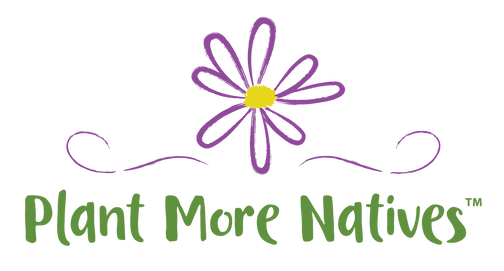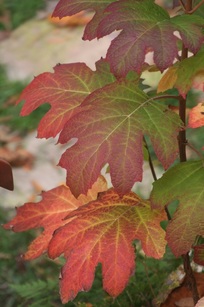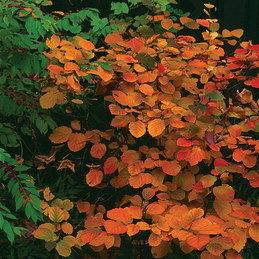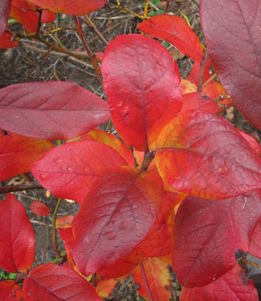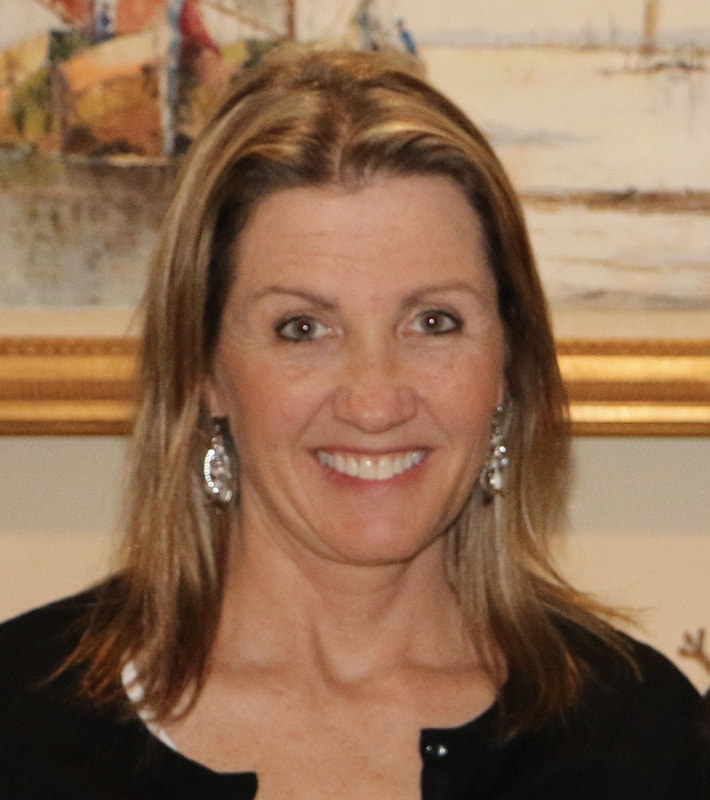We know native plants are better suited to their natural environment and therefore better able to survive extreme conditions. This is true. However, more importantly, our bugs generally prefer native to non-native plants. Wait. What? I can hear the buzz… we’re supposed to draw bugs into our yards for the purpose of eating our plants? Yes, absolutely!
For a complete list of my favorite native plants, sign up for e-news today… http://bit.ly/1VfO46Y
Check your design for a sufficient number of native plants. Next time, we’ll go shopping! |
Welcome to my journal. For over 20 years I've created original landscape plans to help homeowners increase property value and really enjoy their yards. I approach every project as an unique opportunity to develop a work of living art, one that will require minimal care and age beautifully with time. In this journal, I will share some of my field experiences and tricks of the trade with you. Feel free to email questions. Thanks for visiting.
Archives
February 2019
|
